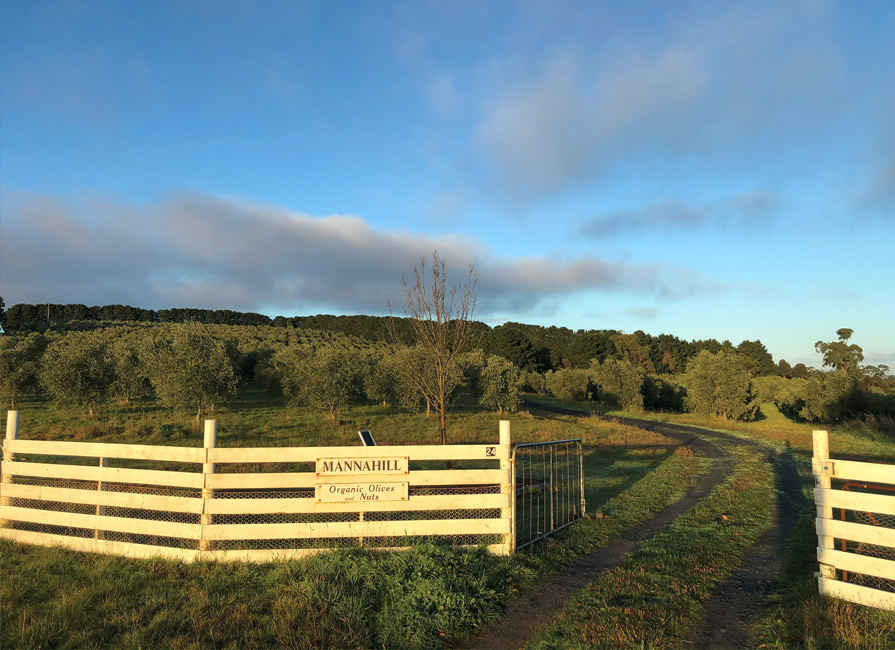A strong product label is more important than ever. A recent report by the Food…
Our full response to Lisa re: Bison burger sources and Certified Organic’s allowance for feedlots
In response to Facebook Fan Lisa’s questions regarding the source of the bison burgers she purchased and also about the USDA rule regarding feedlots for Certified Organic bison and cattle, we emailed her the following information:
Unfortunately, Superior Midwest Foods said they wouldn’t be able to tell us the names of the bison farms for their burgers. They said they get the bison meat from several different farms, make it into burgers and ship them off to the retailers. This means the bison could have been raised on pasture or on a feedlot, no one really knows.
Regarding Certified Organic, sadly, this certification does not guarantee that the animals didn’t come from feedlots. While certified organic does require that the animals have access to the outdoors, and ruminants must have access to pasture with exception of the “finishing phase”, this doesn’t mean they actually have to go outdoors and graze on pasture to be considered organic or not be on a feedlot. To avoid this issue buy only from AWA or AGA farms as they are the only two labels that prohibit feedlots. A good source of advice would be http://www.organicconsumers.org/.
Here’s the excerpt and link for the USDA document “Access to Pasture (Livestock) Final Rule“:
We have accepted the first version, which incorporates the suggestions of the second and third versions. The prohibition on feedlots in the proposed rule has been stricken from this final rule due to comments received asserting that feedlots can be compatible with organic livestock production. Accordingly, the definition of “feedlot” has been amended to clarify the characteristics by which a “feedlot” would be acceptable for organic ruminant livestock. This final rule contains requirements for the size of a feedlot relative to the number of animals at §205.239(a)(1), and that feedlots are well maintained and do not contribute to waste runoff and contaminated waters at § 205.239(a)(5). We believe that the definition of “feedlot” describes an acceptable area for providing outdoor access when pasture is not available and a location for supplemental feeding. The definition of “feedlot” reads: “A dry lot for the controlled feeding of livestock.”
Earlier this year, we wrote a blog about the lack of oversight within the National Organic Program. Here is an excerpt and a link regarding the pasture requirements:
The NOP has drawn significant criticism on its lax pasture requirements – 80,000 public comments to be exact. However, even adequate standards are only as good as the enforcement behind them. Schweigert reports a startlingly low number of citations in the first seven years of the program – only $20,000 for three fraudulent operators in a $23 billion U.S. organic food industry. Click here to read the full blog post.
Please let us know if you have any more questions that we can help you with. And, also, please keep up the good work by asking questions about where your food comes from!
Thanks very much,
Animal Welfare Approved
To read the original article that started the discussion please visit Andrew’s Huffington Post article.



